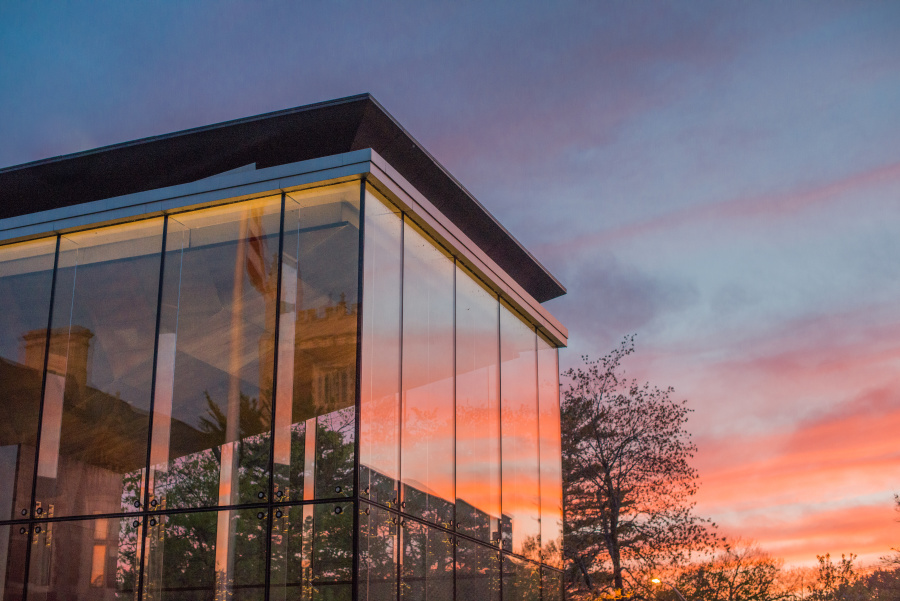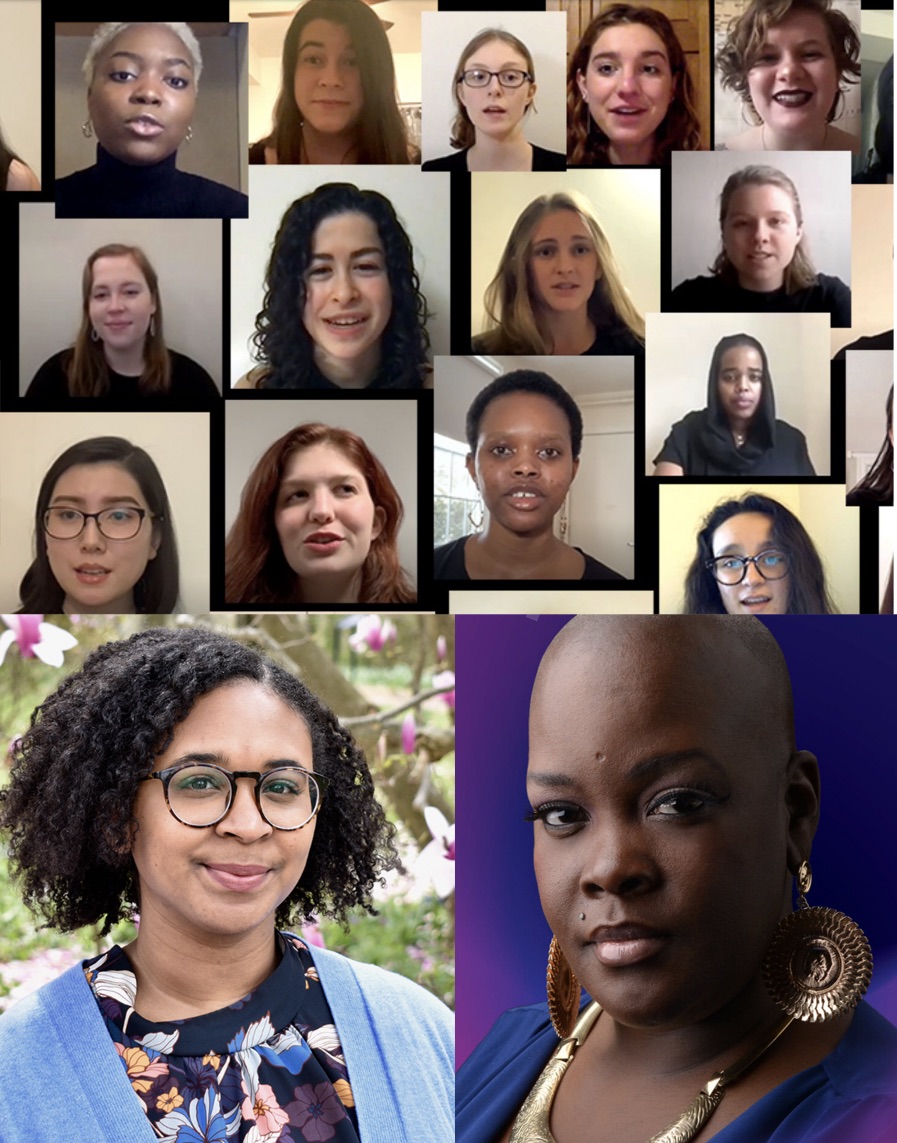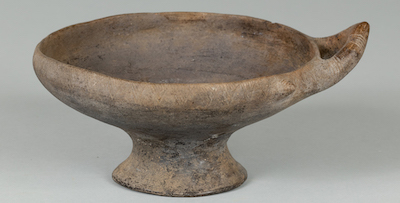Digital Initiatives at the Bowdoin College Museum of Art
The Bowdoin College Museum of Art is dedicated to sharing its collections with as broad a public as possible. Today that means not only mounting great exhibitions and sharing our holdings with students, faculty, scholars, and other in person, but also maximizing public access to our collection through digital reproductions and tools.
To this end, the Bowdoin College Museum of Art is proud to announce three major digital initiatives. In many instances, Bowdoin students have provided key support to members of the Museum’s staff in realizing these achievements. We invite you to enjoy and take full advantage of these new resources!
1. Putting our Collection Online for Teaching and Research
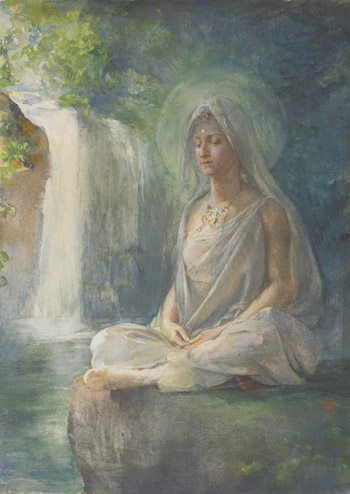
Our website enables us not only to share key information about the Museum and our programs, but also includes a collections section, which we continually work to refine. At present the website makes available comprehensive records for all objects in the collection. Through our online collections “kiosk,” we are now beginning to make publicly accessible high-quality reproductions of public domain artworks in our collection for the purposes of teaching (providing JPEG format images) and publishing works of art (providing TIF format images).
There are 162 images available already, with more to come.
In addition to using the Museum’s website, we will soon provide access to works of art in our collection through Artstor and Google Art. Artstor is a service widely used by academic museums and institutions and provides easy access to works of art for teaching purposes. Google Art is increasingly becoming a source through which the public learns about works of art and thus is becoming an increasingly important avenue for transparent access to Museum collections.
2. Sharing Historic Photographs of the Museum
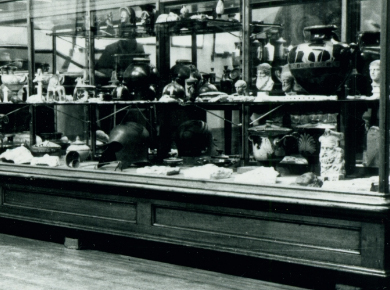
The Museum of Art represents one of the oldest academic Museums in the country, boasting, among other things, the first public collection of drawings in the United States. As such, its history is of interest not only to those directly affiliated with the Bowdoin community, but also to historians and others with an interest in the development of Museums in academic institutions and more broadly. In recognition of the value of sharing this history, the Museum has just launched a digitized collection of over 7,000 historic (and recent) photographs of the Museum and events that it has hosted. The images range from the late-nineteenth century, when the Museum building was constructed, through the twentieth century, to the present. Each image is documented, and a feedback feature allows viewers to provide additional information about the photograph. This archive will become active early this fall.
Please visit the archive here.
3. Developing Digital and Digitized Publications
Finally, the Museum is keenly aware of the increasingly important role of digital forms of publication for sharing information. We are developing new digital publications to improve access to our collections and scholarly projects. Such publications have the important attribute of providing the capacity for ongoing development, making them “evergreen.” We have worked actively with students on related research for such projects and the development of the structure of our digital publications as well. A key example is the recently published “Fifty Years Later: The Portrayal of the Negro in American Painting—A Digital Exhibition,” developed in the summer and fall of 2014.
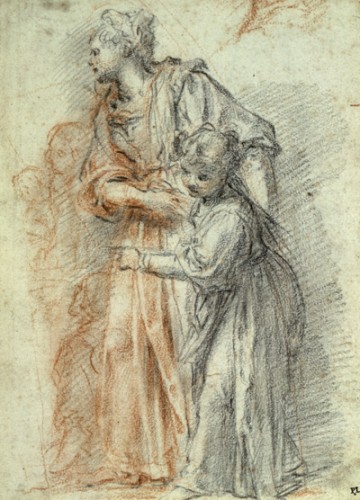
Following this model, we look forward to using digitization to explore one of Bowdoin’s most historic collections. In December 2015, the Museum anticipates launching its first online scholarly catalogue. Developed by Sarah Cantor, a 2015 Samuel H. Kress Summer Research Fellow at the Bowdoin College Museum of Art and David Francis, Senior Interactive Developer, Information Technology, Bowdoin College, the catalogue will document James Bowdoin III’s historic collection of 140 old master drawings, which were offered to the College by bequest in 1811.
Although this collection represents the earliest collection of Old Master drawings to be donated to a public institution in the United States, these drawings remain little known outside of a small circle of experts. Adding to their interest is the presumption that some portion of the drawings donated by Bowdoin were originally assembled by John Smibert, the Scottish born artist who famously accompanied Bishop George Berkeley to America in the early eighteenth century. To date, only a third of these works have been published.
We aim to change this and to use the format of a digital publication to make information about the works as broadly available as possible. Originally housed within the College’s library, these drawings have much to teach us about the nature of artistic and liberal arts education in the late eighteenth and early nineteenth century, as well as the nature of collecting and canon formation in the United States.
An upcoming program on Wednesday, October 7, with scholars Ellen Miles, Curator Emerita of Painting and Sculpture, Smithsonian National Portrait Gallery; Richard Saunders, Director, Middlebury College Museum of Art and Professor of History of Art and Architecture; and Sarah Cantor, the Museum’s Summer 2015 Samuel H. Kress Research Fellow, will explore James Bowdoin III’s important activities as a pioneering collector of art in the United States. Not only did Bowdoin give the College he endowed what would become first public collection of drawings in the United States, but his gift and the works it comprised would demonstrate the important role ascribed to the visual arts in educating members of the new American republic.
In addition to these new resources, the Museum and Library are now creating scanned versions of all museum publications for which Bowdoin controls copyright. These are to be made accessible both by the Bowdoin Library’s Digital Commons and the BCMA website and will be launched later in the year.
